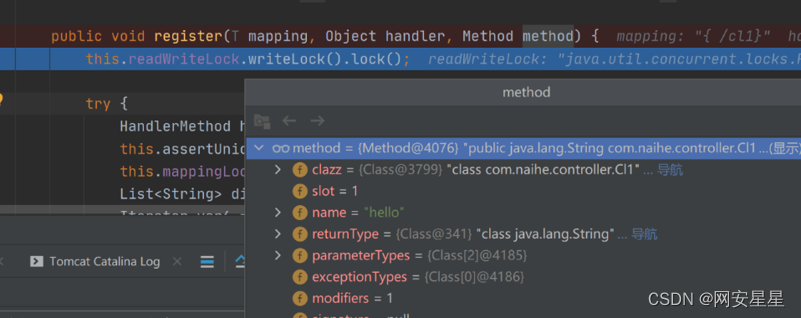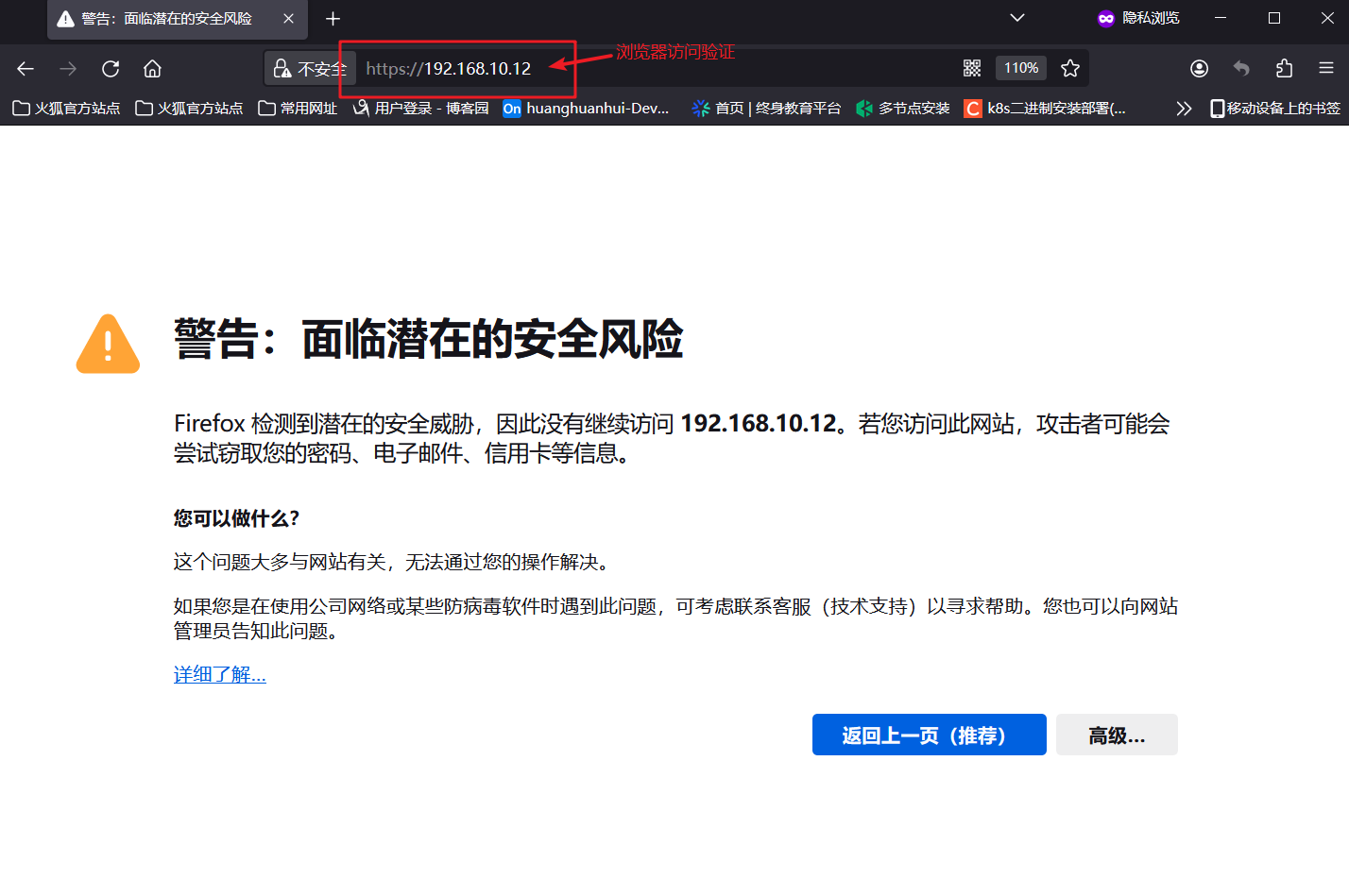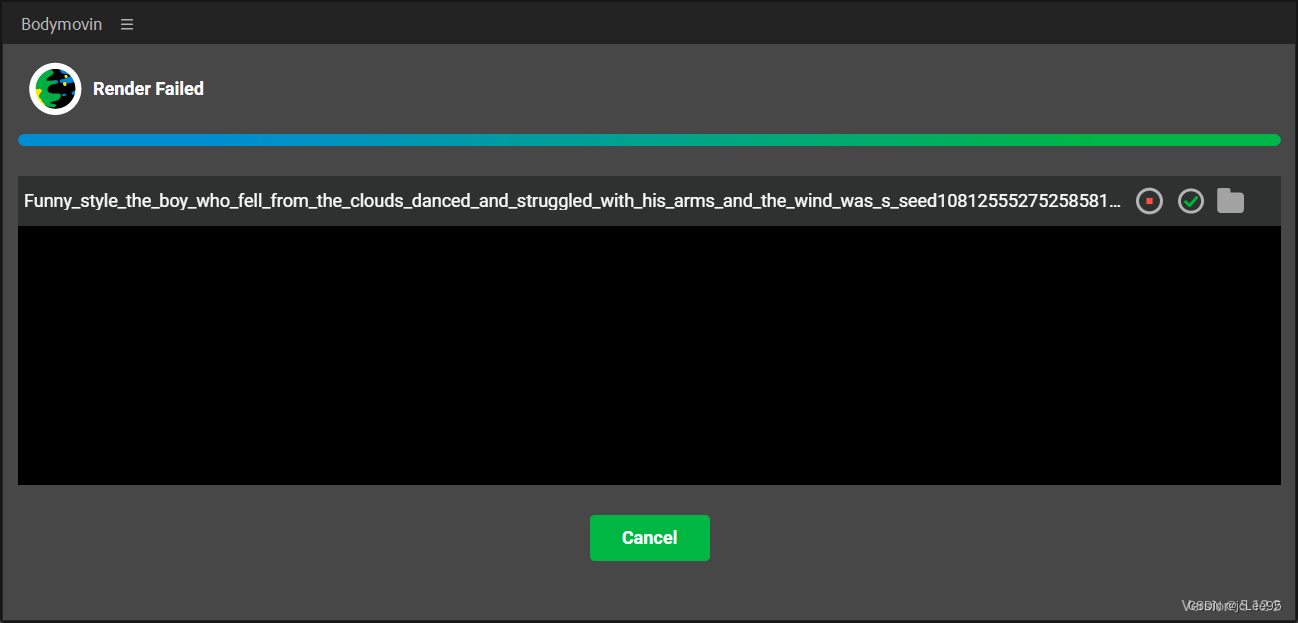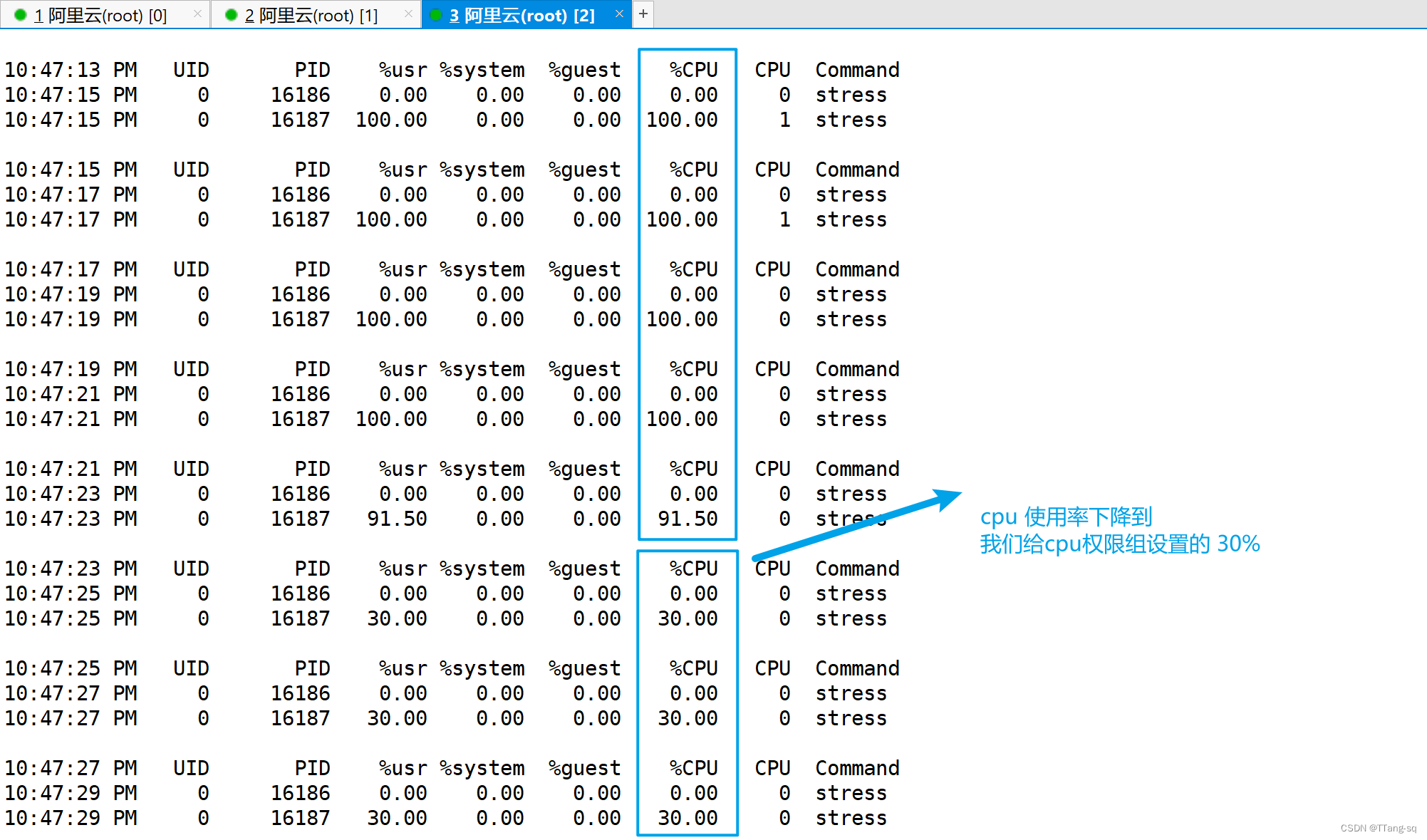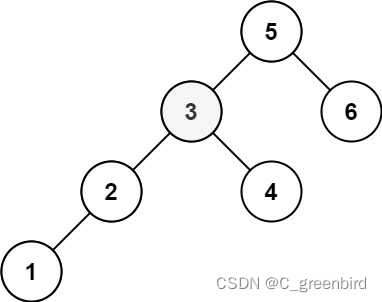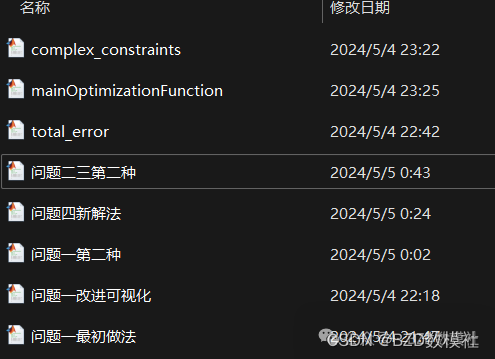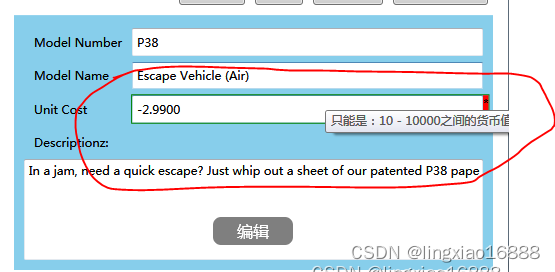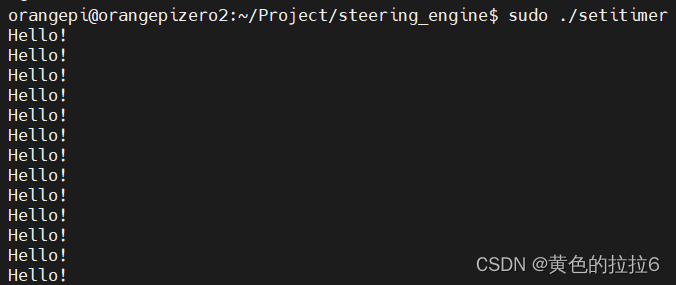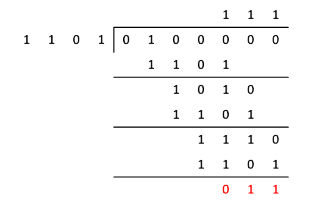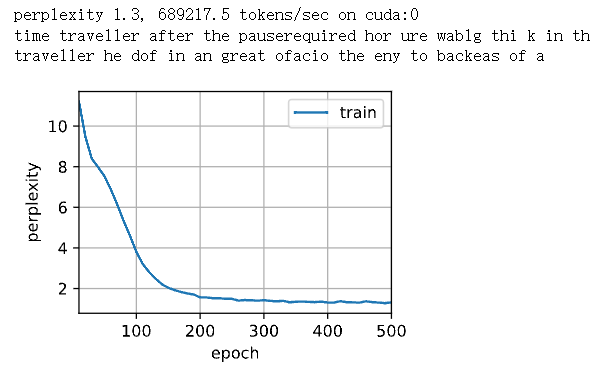前言:
本章我们将学习STL中另一个重要的类模板list…
- list是可以在常数范围内在任意位置进行插入和删除的序列式容器,并且该容器可以前后双向迭代。
- list的底层是带头双向循环链表结构,双向链表中每个元素存储在互不相关的独立节点中,在节点中通过指针指向其前一个元素和后一个元素。
- list与forward_list非常相似:主要区别在于forward_list对象是单链接列表,因此它们只能向前迭代,以换取更小、更高效。
- 与其他的序列式容器相比(array,vector,deque),list通常在任意位置进行插入、移除元素的执行效率更好。
- 与其他序列式容器相比,list和forward_list最大的缺陷是不支持任意位置的随机访问,需要线性的时间开销。
list是带哨兵位头节点的双向循环链表,
在list中进行插入节点不会导致list的迭代器失效,
只有删除节点时才会出现失效问题,并且失效的只是指向被删除节点的迭代器,会有野指针问题,其他迭代器不受影响
目录
- 1. list的使用
- 1.1 list的初始化 + 迭代器的使用
- 1.2 对list的排序
- 2. list的模拟实现(list.h)
- 2.1 链表结点的申请:
- 2.2 用类封装List 的迭代器
- 2.3 List链表的实现
- 2.4 迭代器失效的问题
1. list的使用
我们学习的STL中的list是一种:带头双向循环链表。(带有哨兵位头结点的)
- 带头双向循环链表 – 链表中的最优设计
- 可以实现任意位置〇(1)的插入删除,只需要改前后的关系
1.1 list的初始化 + 迭代器的使用
在我们使用list之前我们需要先包一下头文件#include< list >

#include <iostream>
#include <list>
int main ()
{
// constructors used in the same order as described above:
std::list<int> first; // empty list of ints
std::list<int> second (4,100); // four ints with value 100
std::list<int> third (second.begin(),second.end()); // iterating through second
std::list<int> fourth (third); // a copy of third
// the iterator constructor can also be used to construct from arrays:
int myints[] = {16,2,77,29};
std::list<int> fifth (myints, myints + sizeof(myints) / sizeof(int) );
return 0;
}
1.2 对list的排序
对于一般的容器而言,我们包一个算法库 #incldue < alogrithm > 可以对普通的容器进行排序。
void test_list2()
{
vector<int> v;
v.push_back(1);
v.push_back(4);
v.push_back(2);
v.push_back(4);
v.push_back(3);
sort(v.begin(), v.end());
for (auto e : v)
{
cout << e << " ";
}
cout << endl;
list<int> lt;
lt.push_back(1);
lt.push_back(4);
lt.push_back(2);
lt.push_back(4);
lt.push_back(3);
lt.sort();
for (auto e : lt)
{
cout << e << " ";
}
cout << endl;
}
- 像vector和string而言,这种连续的容器可以直接用库中的sort
- 而对于list而言和之前的顺序容器有所区别,因为其链式结构,库中的算法不支持
- list单独实现了一个自己的排序
- 但是list的排序效率很低

注意:
可见把list的数据拷贝到vector中再,用sort算法对vector中排序,再将vector中的数据拷贝到list中都比直接用list排序要快,所以list的排序效率很低。
2. list的模拟实现(list.h)

2.1 链表结点的申请:
namespace Joker
{
//list的节点类
template<class T>
struct list_node
{
list_node<T>* _next;
list_node<T>* _prev;
T _data;
list_node(const T& val = T())
:_next(nullptr)
, _prev(nullptr)
, _data(val)
{}
};
注意:
- 默认生成的析构函数够用。
2.2 用类封装List 的迭代器
迭代器有两种实现方式,具体应根据容器底层数据结构实现:
-
- 原生态指针,比如:vector
-
- 将原生态指针进行封装,因迭代器使用形式与指针完全相同,因此在自定义的类中必须实现以下方法:
- 指针可以解引用,迭代器的类中必须重载operator*()
- 指针可以通过->访问其所指空间成员,迭代器类中必须重载oprator->()
- 指针可以++向后移动,迭代器类中必须重载operator++()与operator++(int)
至于operator–()/operator–(int)释放需要重载,根据具体的结构来抉择,双向链表可以向前 移动,所以需要重载,如果是forward_list就不需要重载– - 迭代器需要进行是否相等的比较,因此还需要重载operator==()与operator!=()
- 将原生态指针进行封装,因迭代器使用形式与指针完全相同,因此在自定义的类中必须实现以下方法:
template<class T, class Ref, class Ptr>
class ListIterator
{
typedef ListNode<T> Node;
typedef ListIterator<T, Ref, Ptr>Self;
public:
// 构造
ListIterator(Node* node = nullptr)
: _node(node)
{}
// 具有指针类似行为
Ref operator*()
{
return _node->_data;
}
Ptr operator->()
{
//return &(operator*());
return &_node->_data;
} //
// 迭代器支持移动
Self& operator++()
{
_node = _node->_next;
return *this;
}
Self operator++(int)
{
Self temp(*this);
_node = _node->_next;
return temp;
}
//--it
Self& operator--()
{
_node = _node->_prev;
return *this;
}
//it--
Self operator--(int)
{
Self temp(*this);
_node = _node->_prev;
return temp;
}
//
// 迭代器支持比较
bool operator!=(const Self& l)const
{
return _node != l._node;
}
bool operator==(const Self& l)const
{
return _node != l._node;
}
Node* _node;
};
注意:
-
析构函数(不需要写)-- 节点不属于迭代器,不需要迭代器释放
-
编译器生成的默认析构函数够用,对内置类型不敢处理,只对自定义类型处理
-
拷贝构造和赋值重载(不需要写)
-
默认生成的浅拷贝就可以
(2)运算符重载 - > :
Ptr operator->()
{
//return &(operator*());0
return &_node->_data;
}
返回的是一个指针。
优化如下:
- it.operator->() – 返回类型是AA*的迭代器
- it.operator->() ->_data;
- 编译器为了可读性进行了优化处理
- 如果不优化应该是it->->_data;
- 优化以后,省略了一个->
2.3 List链表的实现
template<class T>
class list
{
typedef ListNode<T> Node;
public:
// 正向迭代器
typedef ListIterator<T, T&, T*> iterator;
typedef ListIterator<T, const T&, const T&> const_iterator;
// List的构造
list()
{
_head = new Node();
_head->_next = _head;
_head->_prev = _head;
}
list(int n, const T& value = T())
{
empty_init();
for (int i = 0; i < n; ++i)
push_back(value);
}
//创造一个哨兵位头结点出来,通用
void empty_init()
{
_head = new Node();
_head->_next = _head;
_head->_prev = _head;
}
template <class Iterator(大写I)>
list(Iterator first, Iterator last)
{
empty_init();
while (first != last)
{
push_back(*first);
++first;
}
}
//拷贝构造现代写法:--需要使用深拷贝
list(const list<T>& l)
{
//创造一个哨兵位头节点出来,不初始化就是随机值
empty_init();
// 用l中的元素构造临时的temp,然后与当前对象交换
list<T> temp(l.begin(), l.end());
this->swap(temp);
}
list<T>& operator=(list<T> l)
{
this->swap(l);
return *this;
}
~list()
{
clear();
delete _head;
_head = nullptr;
}
///
// List的迭代器
iterator begin()
{
return iterator(_head->_next);
}
iterator end()
{
return iterator(_head);
}
const_iterator begin()const
{
return const_iterator(_head->_next);
}
const_iterator end()const
{
return const_iterator(_head);
}
reverse_iterator rbegin()
{
return reverse_iterator(end());
}
reverse_iterator rend()
{
return reverse_iterator(begin());
}
const_reverse_iterator rbegin()const
{
return const_reverse_iterator(end());
}
const_reverse_iterator rend()const
{
return const_reverse_iterator(begin());
}
///
// List的容量相关
size_t size()const
{
Node* cur = _head->_next;
size_t count = 0;
while (cur != _head)
{
count++;
cur = cur->_next;
}
return count;
}
bool empty()const
{
return _head->_next == _head;
}
void resize(size_t newsize, const T& data = T())
{
size_t oldsize = size();
if (newsize <= oldsize)
{
// 有效元素个数减少到newsize
while (newsize < oldsize)
{
pop_back();
oldsize--;
}
}
else
{
while (oldsize < newsize)
{
push_back(data);
oldsize++;
}
}
}
// List的元素访问操作
// 注意:List不支持operator[]
T& front()
{
return _head->_next->_val;
}
const T& front()const
{
return _head->_next->_val;
}
T& back()
{
return _head->_prev->_val;
}
const T& back()const
{
return _head->_prev->_val;
}
// List的插入和删除
void push_back(const T& val)
{
//Node* tail=_head->_prev;
//Node* newnode=new node(x);
_head tail newnode
//tail->_next=newnode;
//newnode->_prev=tail;
//newnode->_next=_head;
//_head->prev=newnode;
insert(end(), val);
}
void pop_back()
{
erase(--end());
}
void push_front(const T& val)
{
insert(begin(), val);
}
void pop_front()
{
erase(begin());
}
// 在pos位置前插入值为val的节点
iterator insert(iterator pos, const T& val)
{
Node* pNewNode = new Node(val);
Node* pCur = pos._node;
// 先将新节点插入
pNewNode->_prev = pCur->_prev;
pNewNode->_next = pCur;
pNewNode->_prev->_next = pNewNode;
pCur->_prev = pNewNode;
return iterator(pNewNode);
}
// 删除pos位置的节点,返回该节点的下一个位置
iterator erase(iterator pos)
{
// 找到待删除的节点
Node* pDel = pos._node;
Node* pRet = pDel->_next;
// 将该节点从链表中拆下来并删除
pDel->_prev->_next = pDel->_next;
pDel->_next->_prev = pDel->_prev;
delete pDel;
return iterator(pRet);
}
void clear()
{
Node* cur = _head->_next;
// 采用头删除删除
while (cur != _head)
{
_head->_next = cur->_next;
delete cur;
cur = _head->_next;
}
_head->_next = _head->_prev = _head;
}
void swap(bite::list<T>& l)
{
std::swap(_head, l._head);
}
private:
Node* _head;
};
}
2.4 迭代器失效的问题
- list insert迭代器不失效,不存在野指针的问题,也不存在意义变了的问题
- list erase(it)以后,迭代器是会失效的,是野指针问题
解决办法:
- 之前vector容器迭代器失效时解决办法一样,使用返回值接收。
尾声
看到这里,相信大家对这个C++有了解了。
如果你感觉这篇博客对你有帮助,不要忘了一键三连哦
